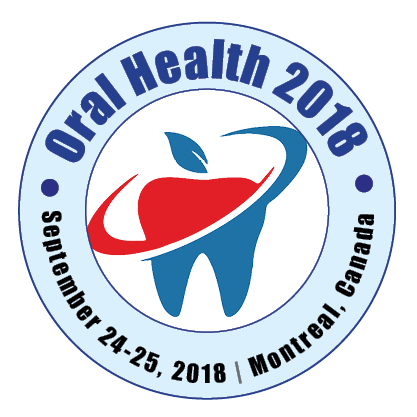Singh SP
Professor and Head,Unit of Orthodontics,OHSC, PGIMER, Chandigarh
Title: Dento-Skeletal dimensions among children with unilateral cleft lip and palate deformities
Biography
Biography: Singh SP
Abstract
Introduction and objective: Clefts of the lip and/or palate are the most common congenital malformations in the craniofacial region.1Generally clefts are divided into two groups, isolated cleft palate (CP) and cleft lip with or without cleft palate (CL/P). The causes of both cleft lip and palate (CLP) and isolated cleft palate (CP) are largely unknown. Etiology is considered multifactorial, with both genetic and environmental factors interacting.1According to the World Health Organization,2a CLP is a dental public health issue because of the oral conditions of the individuals and their psychological, aesthetic, and functional impairments.3
Evaluation of dental and skeletal dimensions among 4-6 year old children with unilateral cleft lip and palate deformities and to compare it with age matched normal non-cleft children
Methodology: 30 children with unilateral cleft lip and palate deformity with deciduous dentition were included in the study. Dental dimensions were done on study models which included occlusal relationship (sagittal molar and canine relationship, transverse and vertical relationship) and arch measurements (arch length, width and depth) using digital vernier caliper and depth gauge and skeletal dimensions included 19 angular and 4 linear measurements taken on lateral cephalograms and then compared with data of age matched 100 normal non-cleft children
Results: Cleft children had flush terminal plane molar relation and class I canine relation as the most predominant relationship. In transverse plane, all the segments i.e. anterior and buccal (canine, 1st molar and 2nd molar) on the cleft sides showed significantly lower scores(P<0.05) than the non-cleft sides, hence, transverse constriction was significantly(P<0.05) more on the cleft sides than the non-cleft sides.The vertical overbite was increased in cleft children. All the arch dimensions viz. arch length, arch width and arch depth were significantly(P<0.05) smaller in cleft children. The skeletal dimensions also showed similar trend with increased cranial angle and retrusive maxilla and mandible in relation to the cranial base and retroclination of upper and lower incisors was observed.
Conclusion: The cleft causes significant decrease in maxillary arch measurement and skeletally the maxilla and mandible were retrusive in relation to the cranium.

